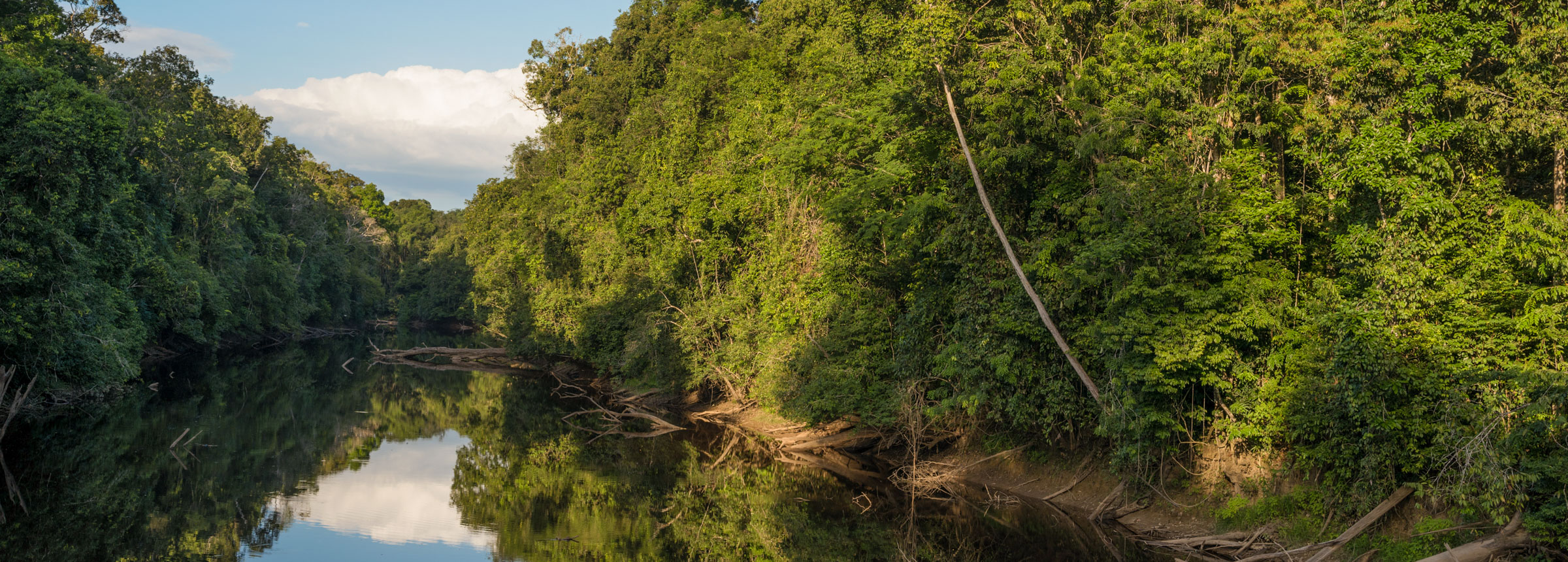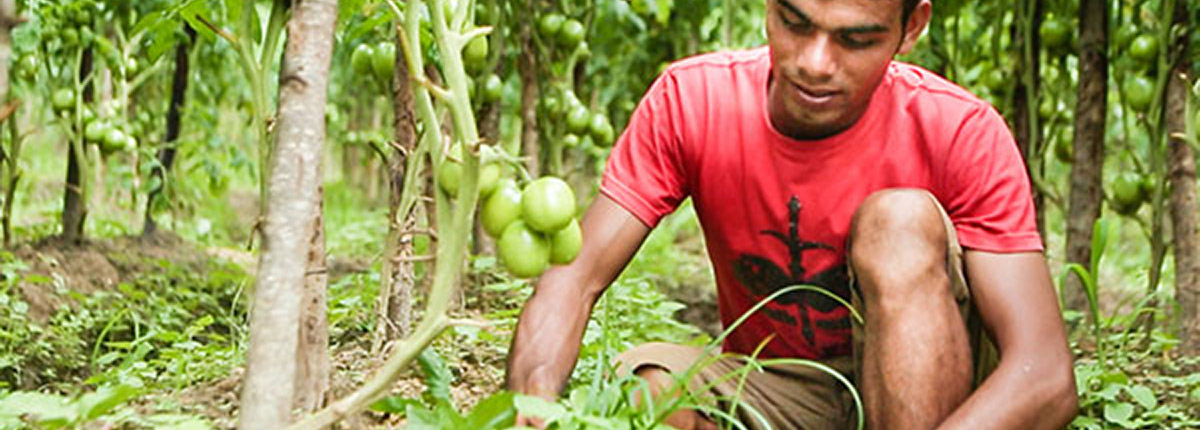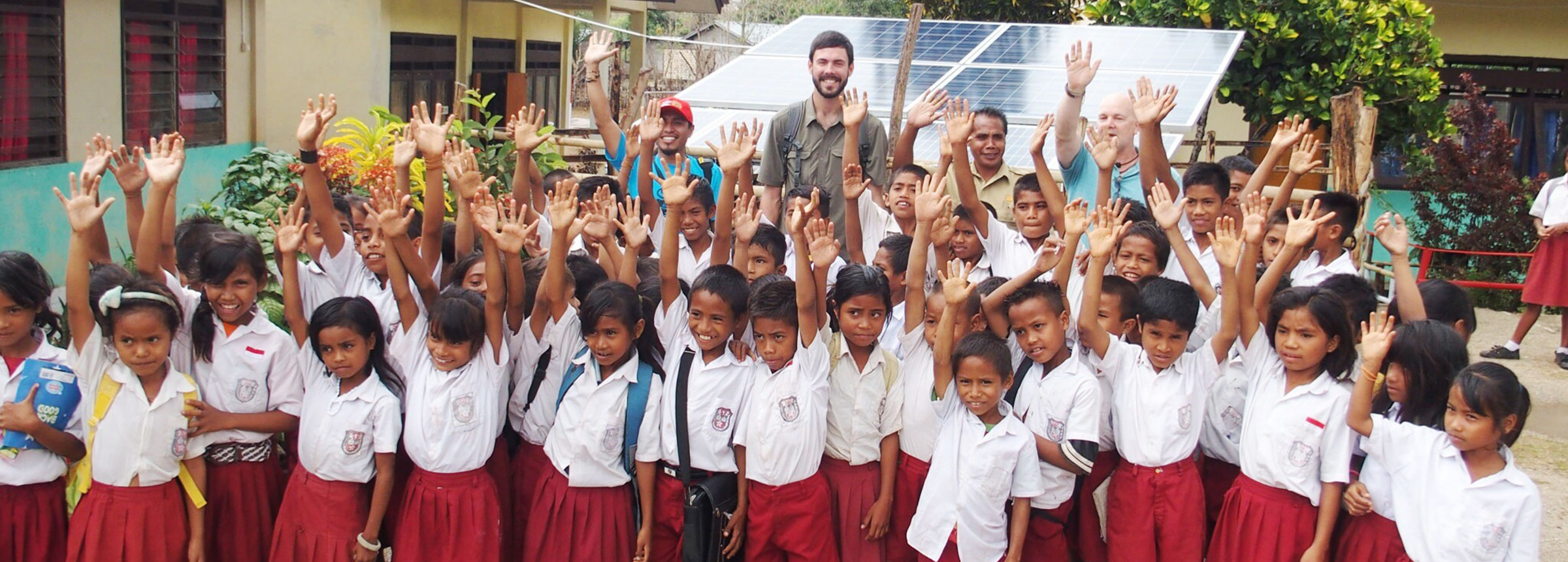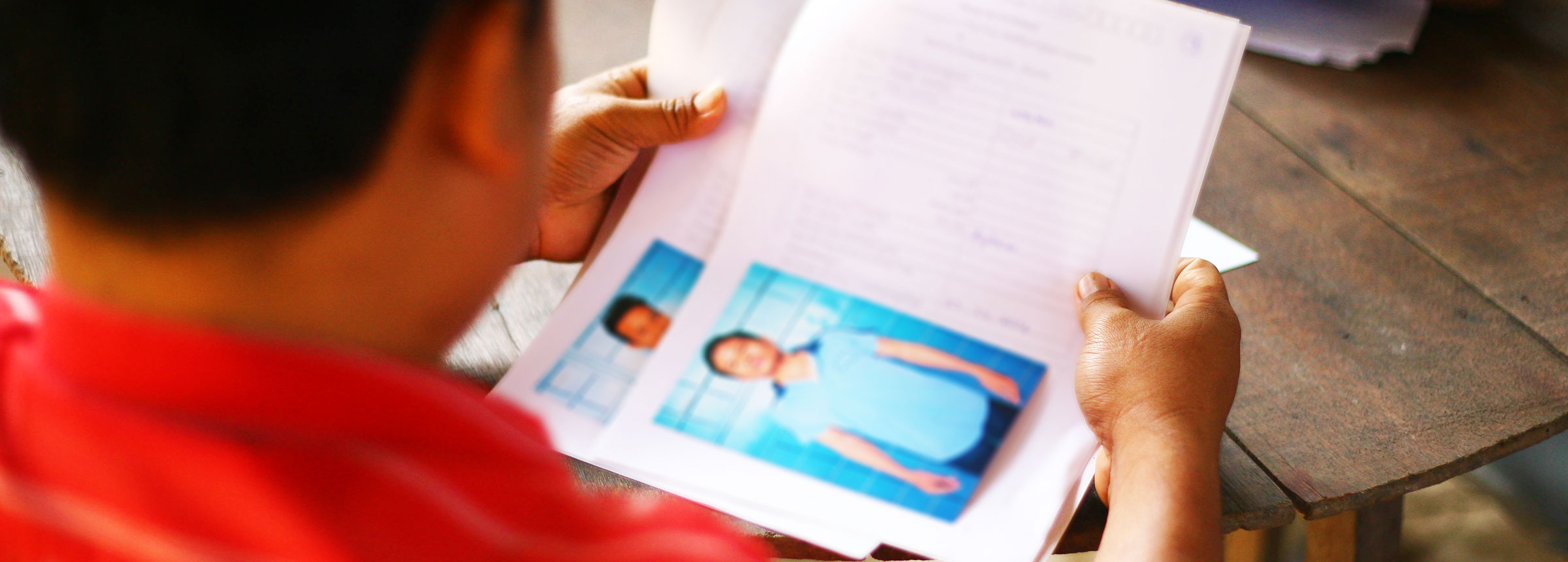Winrock International

Incubating an Arkansas Tech Boom
October 25, 2016
On the surface, it would be easy to assume that a small farmer in Bangladesh has little or nothing in common with a tech entrepreneur in Arkansas. But each requires many of the same resources and opportunities to succeed: training, access to technology and markets, and support and guidance from those who have already started […]
A Winrock Breakthrough on Forest Degradation
October 24, 2016
When viewed from above, deforestation is a brown gash in a green world, vivid proof that what was once verdant has succumbed to the axe or the bulldozer. Forest degradation – the loss of trees from logging, fires or harvesting firewood – is much more difficult to detect, even by remote-sensing satellites. For that reason, […]
Forging Connections, Improving Lives in Nepal
October 23, 2016
Judging by geography alone, Kumar Thapa lives an isolated life. Thapa’s hillside plot of land in the midwestern Nepalese district of Surkhet is surrounded by the tomato and chili plants that he carefully cultivates. There’s a quiet here that is broken only by the sounds of human labor – weeds being pulled or crops being […]
The Light of Opportunity in Indonesia
October 22, 2016
In so many ways, life has changed little on the rugged Indonesian island of Sumba. Like generations before them, Sumbanese men head to sea each morning in slender fishing boats, while women tend small gardens and, if they’re lucky, raise a pig. The importance of tradition is palpable among islanders, and impossible to miss in […]
Fighting Exploitation with Opportunity
October 21, 2016
It must have seemed like a welcome chance to forge a new life. Promised the opportunity to earn the sort of income that would provide for themselves and their families, 54 Cambodian men made the difficult trek from their homes to what they thought would be jobs as fishermen in Malaysia. Instead, they became victims […]